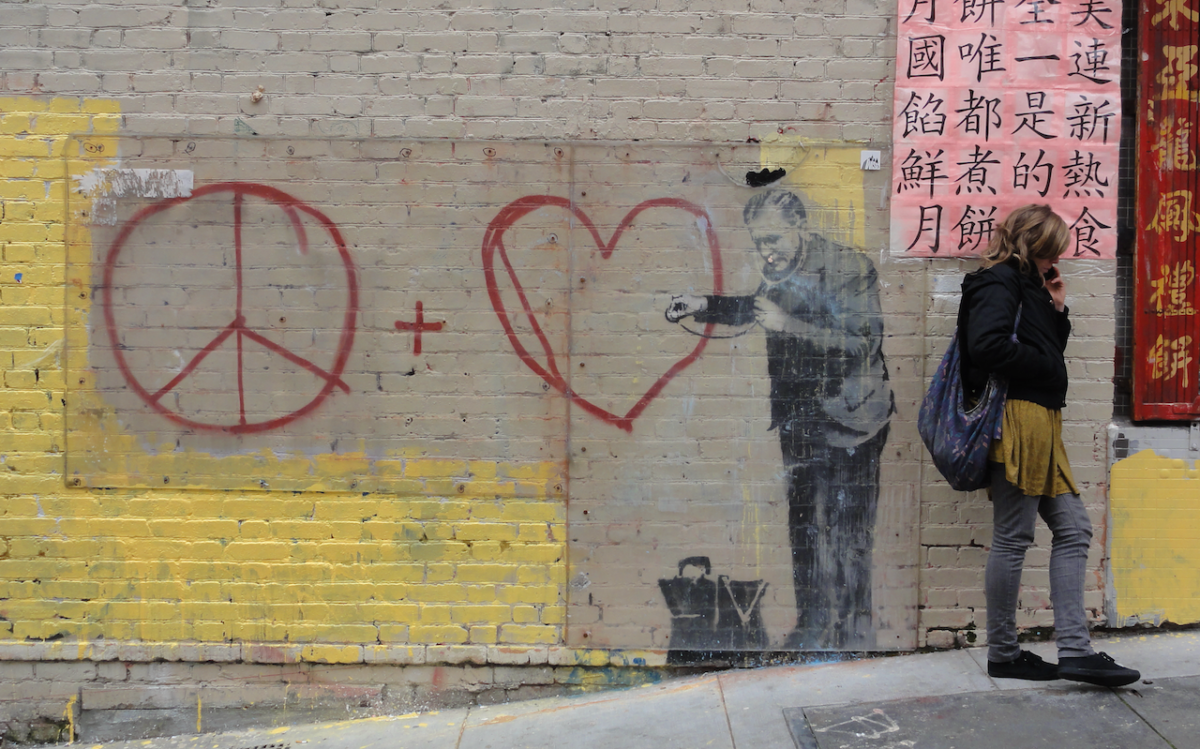November 2021
-

There Is Nothing Either Good or Bad, but Thinking Makes it So
I don’t have a successful relationship with self-help books. When I pick one up, it’s either because the name catches my eye — “The Subtle Art of Not Giving a Fuck” comes to mind — or I hear about it from a friend. If the book resonates with me, I’ll…
-
Just The Four Questions of Us
What is Dave wearing today? Dave is wearing a blue polo shirt, an Alabama sweatshirt, and shorts. What is one thing that’s making Dave happy today? Dave started a new book — and this one has drawings! What is Dave’s inspirational thought for the day? Dave heard this quote by Rick Hanson today: “If…
-

Whimsy in Havana
I wrote a post yesterday about a display of whimsy I discovered in Sarasota. I just realized that I didn’t mention one of the most whimsical places the Complimentary Spouse and I have ever visited: Havana, Cuba. When Americans think about Havana, they usually picture dilapidated buildings, food shortages, and…